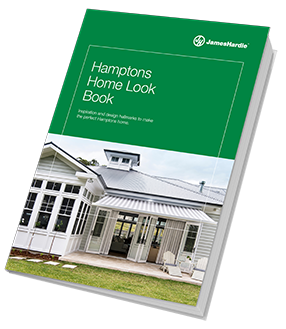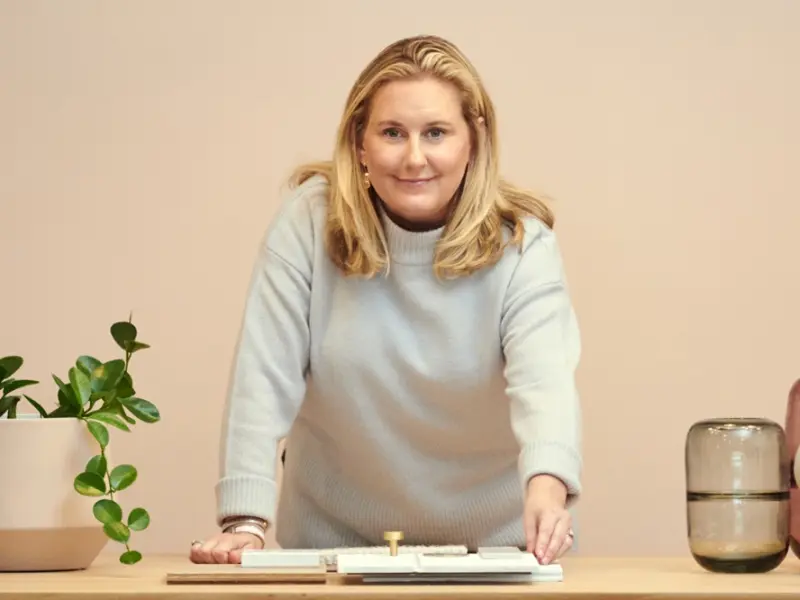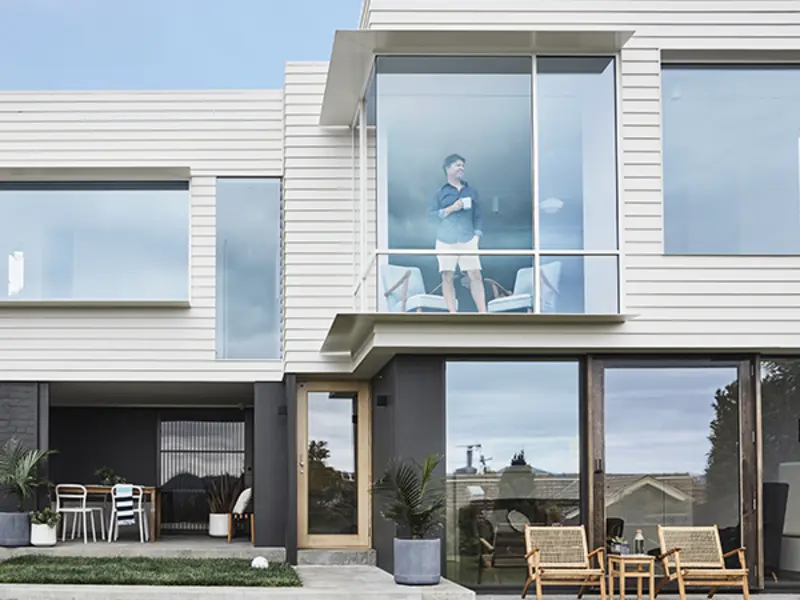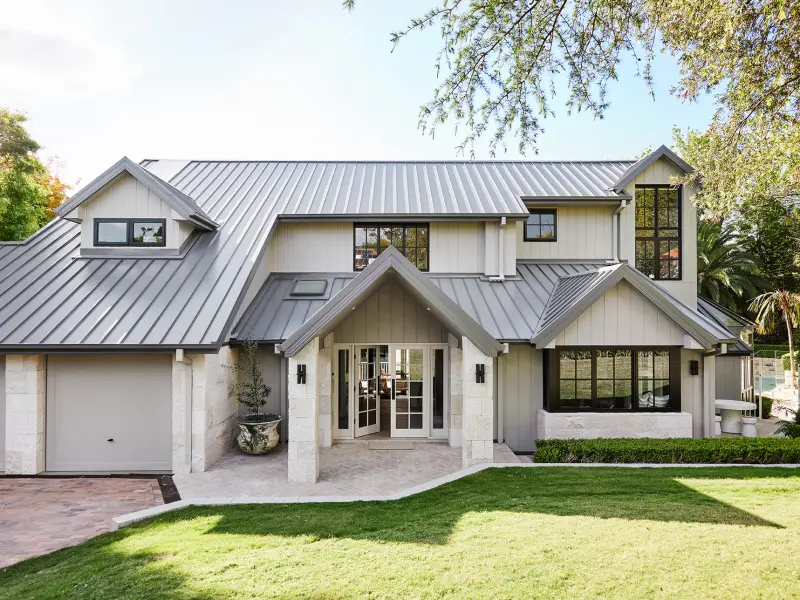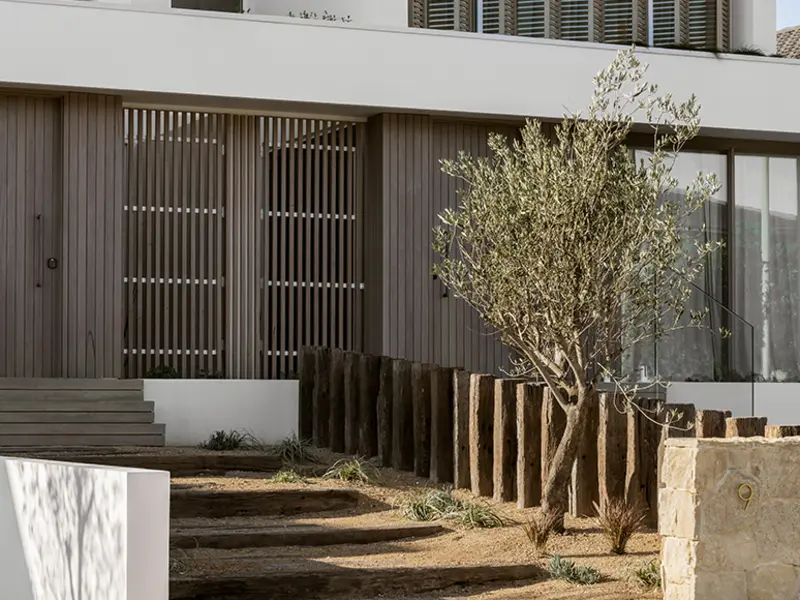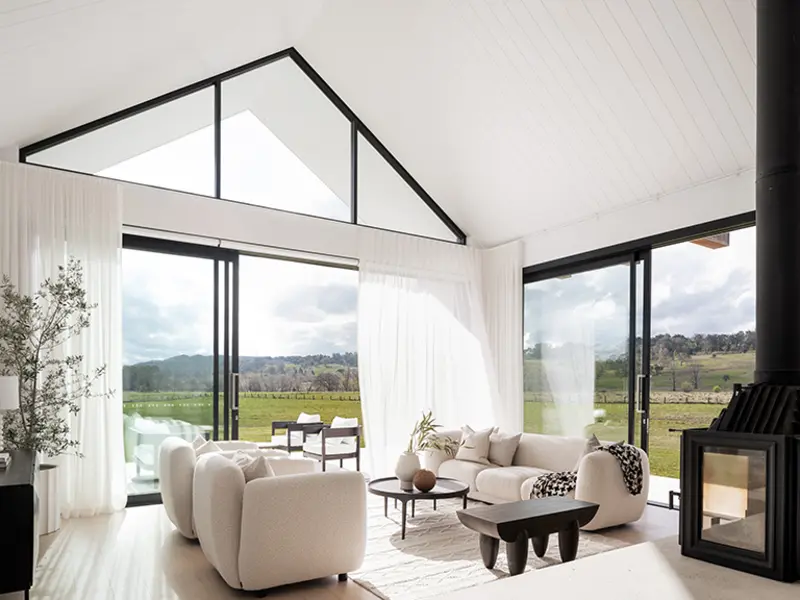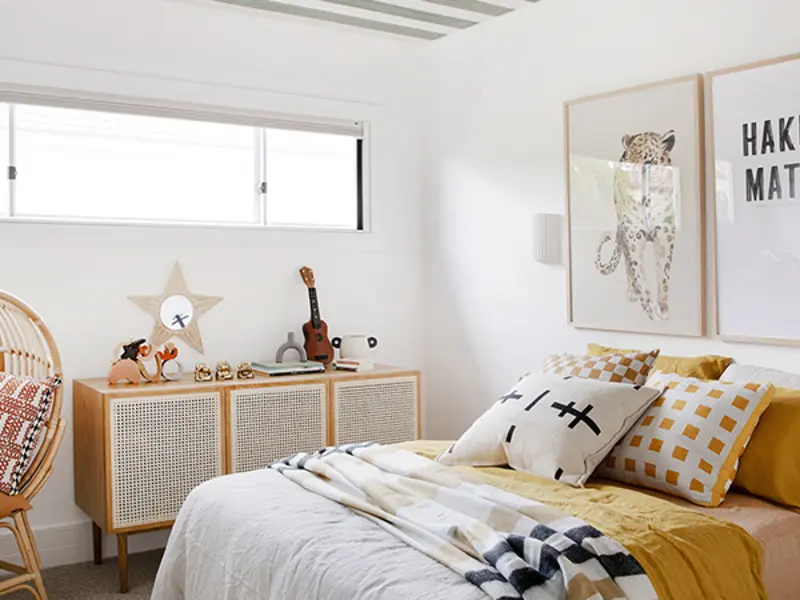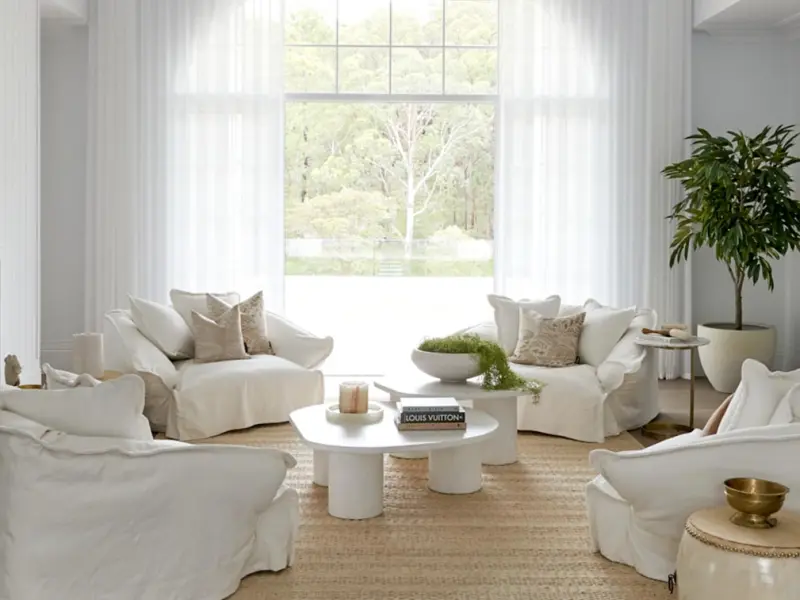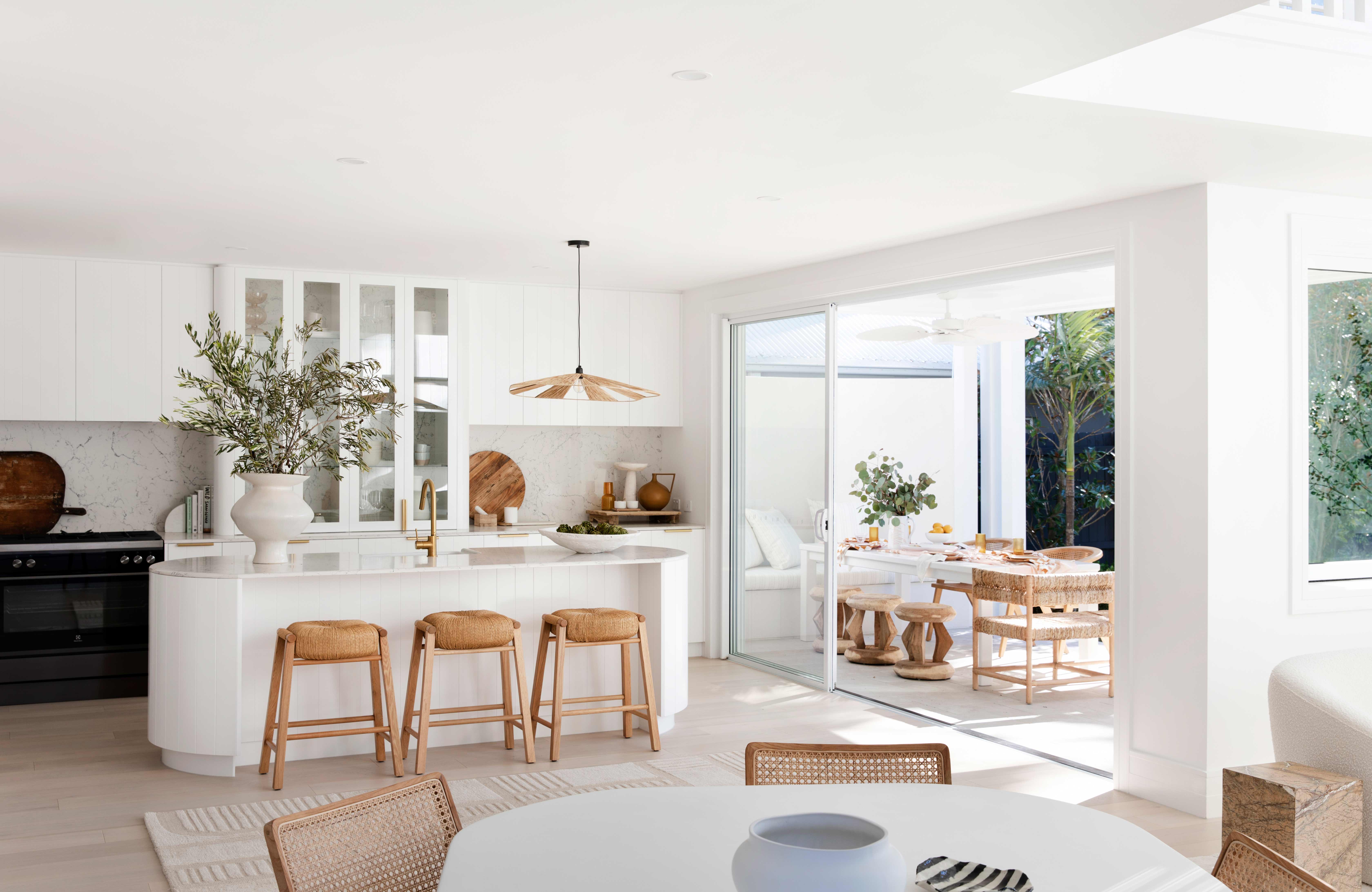
Expert tips for creating your dream home interiors
Whether you’re undertaking a full-scale renovation, a kitchen remodel or building a new home from the ground up, you will have poured time, energy and love into the design and construction phases of the project.
But now comes the part where you really bring your dream home to life: interior decoration. It’s time to fill the empty spaces with colours, textures, furniture and accessories that fit your home’s overall aesthetic, reflect your personal style, and align with the exterior look of your home.
We’ve compiled top tips from Catherine Heraghty, director of interior styling firm The Stables, on how to decorate your home from scratch – and why it pays to plan in advance.
When should I start planning my home’s interior decoration?
While interior decoration serves as a finishing touch, you can create an interior design plan early on in your renovation or build. “Depending on the size of the project, you should start anywhere from months to a year before construction starts,” advises Catherine. “This is particularly due to lead times and shortages of products as a result of Covid.”
Of course, you can continue to make small decorating decisions until the end of the project (especially when it comes to accessories and soft furnishings), but starting early will help reduce stress and eliminate heartache due to missing out on products that are out of stock. In addition, forward planning will ensure the interior aesthetic works cohesively with every aspect of your home, from the exterior to the floor plan to the structural materials.
In what order should I choose my furniture and accessories?
Catherine suggests starting with a mood board to hone your vision. You might have already created one to define your home’s exteriorpalette, finishes and joinery; now, as you progress through your interior design plan, you’ll want to add furniture, soft furnishings and accessories.
Style Sourcebook is a handy, interactive online tool where you can drag and drop real products from a range of retailers and visualise your project room by room, mixing and matching your finishes and fittings with pieces of furniture and textiles.
Catherine recommends making your furniture selections during the build phase of the project. “Long lead times mean you won’t be moving into an empty house,” she explains.
As a general rule, start by choosing the biggest piece in each room, such as the dining table, sofa, bed or a statement piece of art. Then, add layers of accessories: throws, cushions, rugs, mirrors and small artworks, which can be gradually incorporated until project completion.
Lighting is also an important consideration and should be selected as early as possible in the project; you don’t want to fall in love with a pair of table lamps for the master bedroom, but realise you haven’t installed appropriate power points.
When can I start my home’s interior decoration?
This is dependent on the materials used in your build or renovation, and you’ll want to speak to your builder first. Timber and plaster walls, for example, need time to settle and dry out, and you may have to wait six to 12 months before installing wallpaper or hanging major artworks. Alternatively, engineered materials, such as Hardie™ Groove Lining fibre cement, tend to be resistant to moisture.
Always ensure walls, floors and ceilings are completely dry before you move in your furniture. The living room is a good space to decorate first, to create a homely hub for your family, followed by the bedrooms, so you’ll have a sanctuary where you can recharge at the end of a busy day.
What if I want to engage an interior decorator?
A professional interior decorator or designer can help elevate your project – be it a new build, a kitchen redesign, an entryway revamp or a stairs renovation – to the next level. They may work with you on your home from conception to completion, or join you at the end to help style the spaces.
It’s worth meeting with a few potential decorators and asking them the following questions:
What kind of experience have you had with similar projects?
Can I see examples?
How do you calculate your fees?
Can you work with my budget?
How will you present your design concept and ideas?
How involved in the process will you be?
Who will be working on my project?
What happens if I don’t like the design?
Find more tips on sourcing the interiors help you need here.
When is interior decoration complete?
Some design lovers say decorating is an ever-evolving art form, but Catherine believes in creating timeless and beautiful home interiors you’ll love for years to come.
“If done well, you should not have to continually restyle your home. You should aim to select pieces that will stand the test of time,” she says. “That’s not to say that you won't want to freshen things up from time to time, but this should be on a smaller scale. I am an advocate for minimising waste from quick decisions. I want all my clients to invest in pieces they can keep for many years.”
Decorating is the finishing touch to your renovation or build – it will beautify your home like the accessories you pair with an outfit. As such, interior decoration needs to work cohesively with your home’s design style and structure. Download our Modern Look Book or Hamptons Look Book for more inspiration.
Modern Look Book
Our Modern Look Book provides design inspiration and highlights hallmarks to help describe and define the clean, contemporary home of your dreams. Discover which modern look you love then use the images and language to brief your designer or builder.
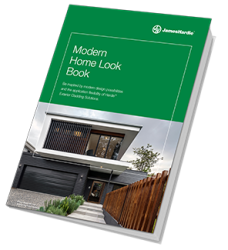
Hamptons Look Book
Our Hamptons Look Book provides design inspiration and highlights different hallmarks to achieve the Hamptons home of your dreams. The look book can support the start of your design journey and help you identify images you like for your vision board. Get a copy of the James Hardie Hamptons Look Book now.
